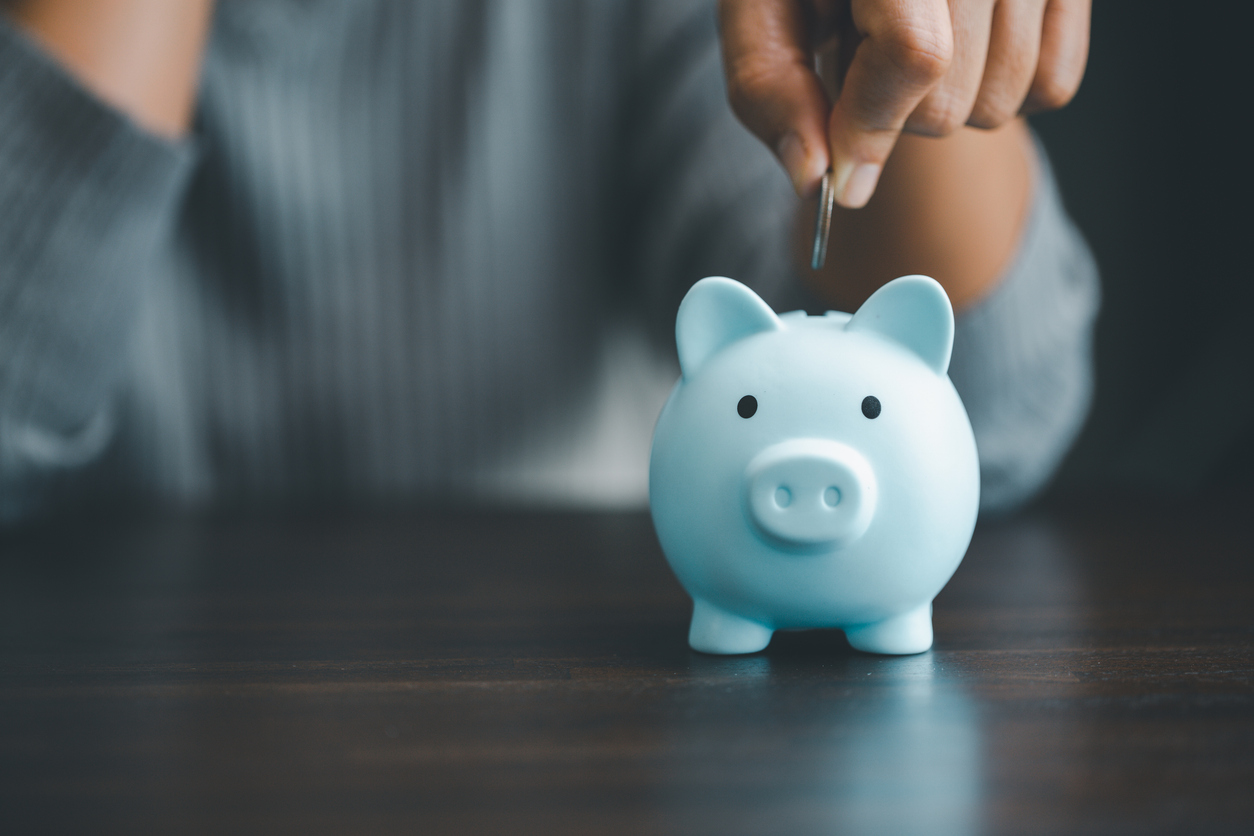
Finding ways to save money on everyday expenses can make a big difference in your financial life. Whether you’re looking to cut costs on groceries, utilities, or entertainment, small changes in your spending habits can add up over time. In this guide, we’ll explore some practical money-saving hacks that you can implement to reduce your daily expenses and boost your savings without sacrificing your lifestyle.
1. Use Cashback Apps for Groceries and Shopping
Cashback apps can help you save money on everything from groceries to household items. By scanning receipts or shopping through these apps, you can earn cashback on everyday purchases, which can then be redeemed for cash or gift cards.
How it works:
- Apps like Ibotta, Rakuten, and Checkout 51 offer cashback on specific products or purchases made at participating stores.
- After shopping, upload your receipt to the app, and it will automatically credit your account with cashback for qualifying items.
Pro tip:
- Stack cashback offers with store discounts or coupons to maximize your savings.
2. Meal Plan and Cook in Bulk
One of the best ways to save money on food is by meal planning and cooking in bulk. Planning your meals ahead of time helps reduce the temptation to eat out or order takeout, which can quickly add up.
How to meal plan effectively:
- Plan your meals for the week based on sales and discounts at your local grocery store.
- Cook large batches of food and freeze leftovers for future meals, saving you time and money.
Pro tip:
- Use a slow cooker or Instant Pot to prepare affordable, healthy meals in bulk. You can also buy ingredients in bulk for even greater savings.
3. Cut Subscription Services You Don’t Use
Many people pay for subscriptions they don’t regularly use, whether it’s streaming services, gym memberships, or magazines. Review your monthly subscriptions and cancel any that you no longer need or use.
How to manage subscriptions:
- Review your bank or credit card statements for recurring charges.
- Use apps like Truebill or Trim to identify and cancel unnecessary subscriptions automatically.
Pro tip:
- For streaming services, consider rotating your subscriptions. Sign up for one service at a time, binge-watch your favorite shows, and then cancel before moving to another service.
4. Negotiate Bills and Lower Monthly Expenses
You can often save money on your monthly bills by negotiating with service providers. Whether it’s your internet, cable, or cell phone provider, calling to ask for a better rate can lead to savings.
How to negotiate:
- Call your provider and mention any competing offers or promotions. Ask if they can match or beat the rate.
- If you’ve been a loyal customer, ask for discounts, promotions, or loyalty rewards.
Pro tip:
- Consider switching to a cheaper service provider if your current provider isn’t willing to negotiate. Shopping around can often result in significant savings.
5. Use Energy-Efficient Appliances and Light Bulbs
Reducing your energy consumption can lead to lower utility bills over time. Simple changes, like switching to energy-efficient appliances and light bulbs, can help cut your electricity costs.
How to save on energy:
- Replace old incandescent bulbs with LED or CFL light bulbs, which use less energy and last longer.
- Use smart power strips to prevent “phantom energy” usage from devices that remain plugged in when not in use.
Pro tip:
- Consider installing a programmable thermostat, which allows you to adjust the temperature automatically and save on heating and cooling costs.
6. Shop at Discount Stores and Buy Generic Brands
Discount stores and generic brands offer high-quality products at lower prices than name-brand options. Shopping at stores like Aldi, Dollar Tree, or Costco can help you save on groceries, household items, and more.
Why it works:
- Generic or store-brand products are often made by the same manufacturers as name brands but come at a fraction of the cost.
- Discount stores offer lower prices on everyday items, from food to cleaning supplies, without compromising on quality.
Pro tip:
- Stock up on non-perishable goods or household items when they go on sale, especially at warehouse stores like Costco or Sam’s Club.
7. Use Public Transportation or Carpool
If you spend a lot of money on gas or car maintenance, consider using public transportation or carpooling to save money on commuting. Not only can this reduce your fuel costs, but it can also lower wear and tear on your vehicle, extending its lifespan.
How to make the switch:
- Research public transportation options in your area and calculate how much you could save by using them instead of driving.
- Join a carpool with colleagues or neighbors to share the cost of fuel and reduce the number of miles you drive each week.
Pro tip:
- If public transportation or carpooling isn’t an option, look for gas-saving apps like GasBuddy, which helps you find the cheapest gas stations in your area.
8. Buy Secondhand or Used Items
Buying secondhand items can save you a significant amount of money on everything from clothing to furniture. Thrift stores, consignment shops, and online marketplaces like eBay, Facebook Marketplace, and ThredUp offer gently used items at a fraction of the cost of new ones.
What to buy secondhand:
- Clothing, especially for kids who outgrow their clothes quickly.
- Furniture, electronics, and home decor items that are often available in excellent condition at discounted prices.
Pro tip:
- Look for “like new” items at secondhand stores or online. Many people sell items that are barely used, allowing you to score high-quality products for much less than retail.
9. Pay with Cash or a Debit Card
One of the easiest ways to curb impulse spending is to pay with cash or a debit card instead of a credit card. Using cash forces you to be more mindful of your purchases, while a debit card keeps you within your budget.
How it works:
- Set a spending limit for certain categories like entertainment or dining out and use cash to pay for those expenses. Once the cash runs out, you know you’ve hit your limit.
- For online purchases, use a debit card linked to an account with only enough funds to cover your budgeted expenses.
Pro tip:
- The envelope system is a popular budgeting method where you allocate a set amount of cash to different spending categories. When the envelope is empty, you stop spending in that category.
10. Use Loyalty Programs and Rewards
Take advantage of loyalty programs and rewards points from stores you frequently shop at. Many grocery stores, coffee shops, and retailers offer loyalty programs that provide discounts, free items, or cash back after a certain number of purchases.
How to maximize rewards:
- Sign up for loyalty programs at your favorite stores and track your points through the store’s app or website.
- Use a rewards credit card for everyday purchases (but only if you can pay off the balance in full each month) to earn points, miles, or cashback.
Pro tip:
- Some stores offer double or triple points on certain days of the week. Plan your shopping trips accordingly to maximize your rewards.
By incorporating these money-saving hacks into your daily routine, you can reduce your everyday expenses without sacrificing your lifestyle. From using cashback apps and loyalty programs to cutting unnecessary subscriptions and negotiating bills, small changes can lead to significant savings over time. With these strategies in place, you’ll be able to free up more money to save, invest, or enjoy the things that matter most to you.







